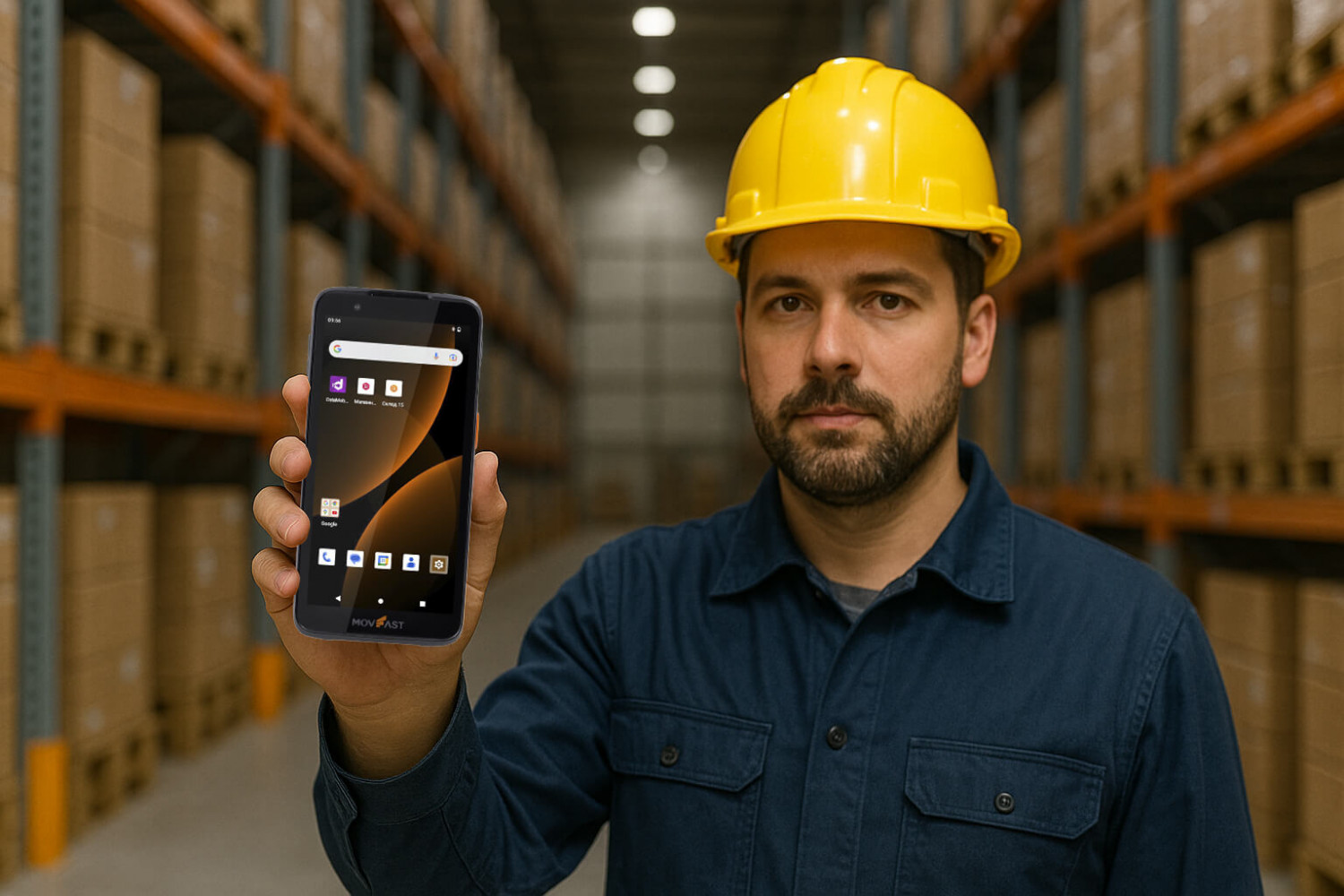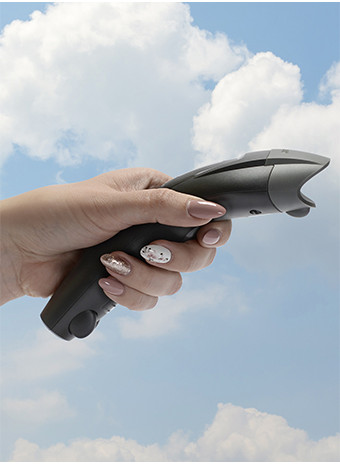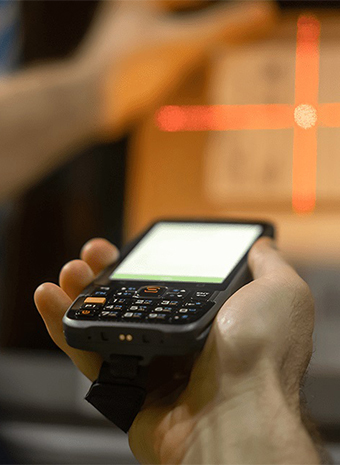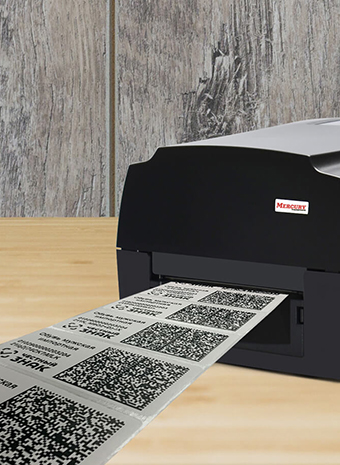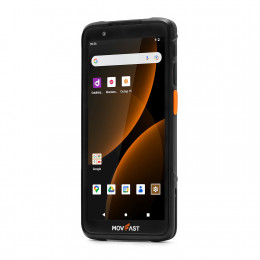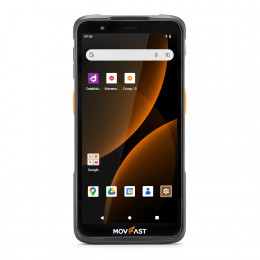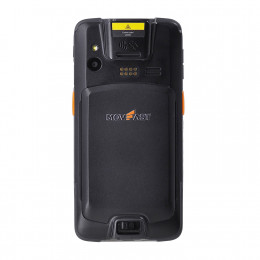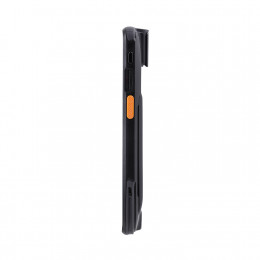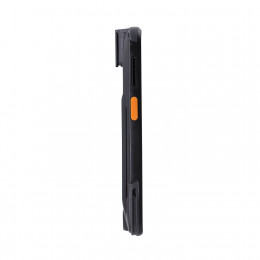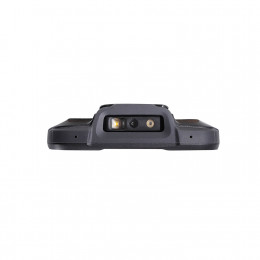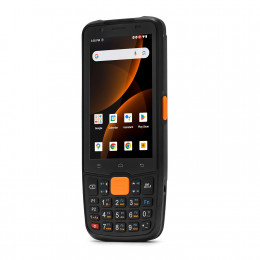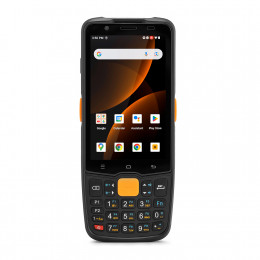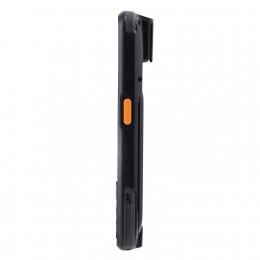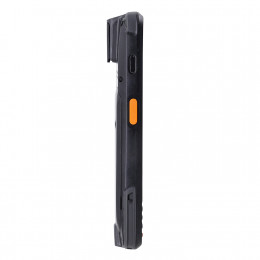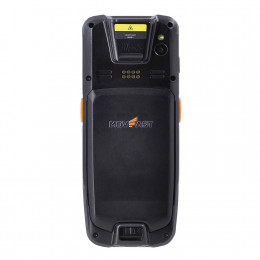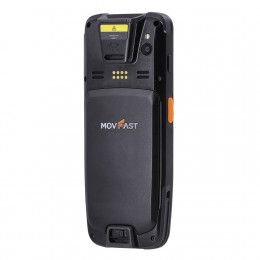Data collection terminals are used by trading companies and warehouses to automate inventory management. The device scans barcodes and QR codes, records product movement, and transfers information to accounting programs, including 1C. This process eliminates manual entry and reduces errors when working with orders and documents.
In Uzbekistan, the use of DCTs is directly linked to compliance with the ASL BELGISI product marking system. Scanning marking codes during receiving or shipping allows businesses to maintain accurate stock records, track product movement, and generate reports in accordance with government requirements. For retail, this means transparent operations and faster customer service.
The choice of a terminal depends on the tasks. When evaluating a model, consider the operating system, compatibility with software, type of scanner (1D or 2D), memory capacity, battery performance, and housing protection. These factors determine how convenient the device will be for employees in warehouse or retail environments. This article explains how DCTs work, where they are used, and which criteria matter when choosing equipment for business.
How a Data Collection Terminal Works
A data collection terminal combines the functions of a scanner and a mobile computer. It reads barcodes or QR codes, processes the information, and synchronizes it with an accounting system. Data about products, orders, and documents is transmitted via Wi-Fi, Bluetooth, or mobile networks. This eliminates manual entry and speeds up workflows.
In warehouses, the terminal is used for receiving and inventory. When a code is scanned, the system automatically matches the item with the invoice, generates a document in the database, and updates stock levels. In retail halls, staff can use the terminal to check prices, verify availability, or process internal transfers.
When integrated with 1C, the terminal becomes part of the overall accounting system. Scanning a package or pallet creates a product movement in the program — receipt, deduction, or shipment. Employees receive real-time data and can process operations without delays, ensuring accuracy in the database.
Warehouse Example
- Receiving goods. Staff scan product barcodes, the terminal sends data to the program, and an electronic receipt document is created.
- Inventory. The terminal reads package codes and compares them with the database. Verification that used to take days is completed in hours.
- ASL BELGISI marking. The terminal scans marking codes, logs product movement, and automatically updates the accounting program to meet legal requirements.
How to Use a Data Collection Terminal
Usage scenarios depend on the business environment. The terminal is applied in both retail stores and warehouses, helping accelerate operations, reduce staff workload, and keep inventory records accurate.
In Retail Stores
- Receiving shipments. Scanning barcodes or QR codes at the unloading area; data is matched with the order and discrepancies flagged immediately.
- Price and stock check. Employees scan an item to instantly see price and stock information without going to the checkout or PC.
- Marking control. Scanning ASL BELGISI codes at checkout confirms authenticity and updates the database.
- On-shelf inventory. Items are scanned directly from shelves; up-to-date stock reports are created without closing the sales floor.
In Warehouses
- Receiving and sorting. Deliveries are checked against orders, items distributed across storage zones, and electronic documents generated.
- Inventory. The device speeds up stock counting; scans are compared to the database and reports created automatically.
- Order picking. A list of items appears on the display; each item must be scanned before packing, preventing mistakes.
- ASL BELGISI marking. Codes are scanned during shipment to record product movement and update the accounting system.
7 Criteria for Choosing a Data Collection Terminal
When purchasing a DCT, consider the real business needs. The device should match working conditions, integrate with accounting systems, and operate reliably throughout the shift.
1. Operating System
Android supports business apps and integrates seamlessly with 1C. The interface is familiar to staff, and updates maintain compatibility with new software versions.
2. Scanner Type
Compliance with ASL BELGISI requires 2D-code support. 2D scanners read both linear and matrix codes, even when damaged or poorly printed.
3. Performance and Memory
At least 4 GB RAM and 64 GB storage, expandable via microSD, ensure stable performance. A powerful processor speeds up tasks such as inventory and order picking.
4. Battery and Autonomy
Shifts last 8–12 hours. A high-capacity battery and hot-swap support allow the device to operate without interruptions.
5. Ergonomics and Interface
Touchscreen models are suitable for retail, while keypads are preferred in warehouses. Bright displays, well-placed scan buttons, and lightweight housings increase comfort.
6. Housing Protection
IP67-rated devices withstand dust, moisture, drops, and temperature changes — essential for warehouses and outdoor areas.
7. Integration with Accounting Software
Direct connection to 1C is crucial for many companies. Real-time data exchange allows immediate receipts, deductions, transfers, documents, and reports without manual entry.
Examples: MERTECH MovFast S40 and S55
The MERTECH MovFast series meets the requirements of warehouses and retail in Uzbekistan, supports ASL BELGISI, and integrates properly with 1C.
MERTECH MovFast S55 — for Retail and Mobile Work
- 5.5″ bright touchscreen; dual scan buttons and virtual keyboard.
- Android 13; 4 GB RAM, 64 GB Flash, expandable up to 256 GB.
- 2D scanner; 13 MP main camera for product or document photos.
- Wi-Fi, Bluetooth 5.0, LTE; 5100 mAh battery with hot-swap support.
- IP67 — dust, water, and drop protection.
Ideal for stores, pickup points, and mobile operations where speed and usability matter.
MERTECH MovFast S40 — for Warehouses and Industrial Settings
- Physical industrial keypad + 4″ touchscreen; fast data entry.
- Android 13; 4 GB RAM, 64 GB storage; 2D scanner.
- Optional RFID module and fingerprint scanner.
- Wi-Fi, Bluetooth, LTE; 5100 mAh battery with hot-swap support.
- IP67 housing; withstands dust, water, and 1.5 m drops.
Designed for receiving, inventory, and order picking in logistics and production.
See the full product line in the MERTECH MovFast catalog.
Conclusion
DCTs automate receiving, inventory, stock control, and ASL BELGISI marking. When choosing, consider OS, scanner type, performance, battery life, ergonomics, protection, and integration with 1C. MERTECH MovFast S55 is optimized for retail, while MERTECH MovFast S40 is tailored for warehouse and industrial use.

